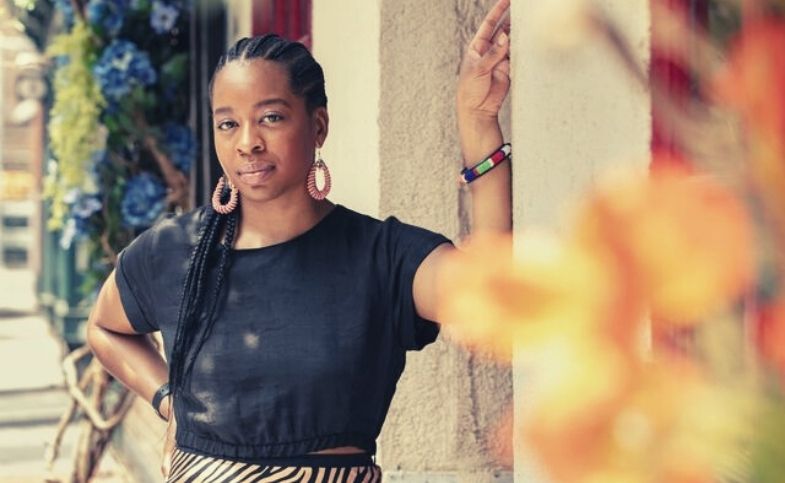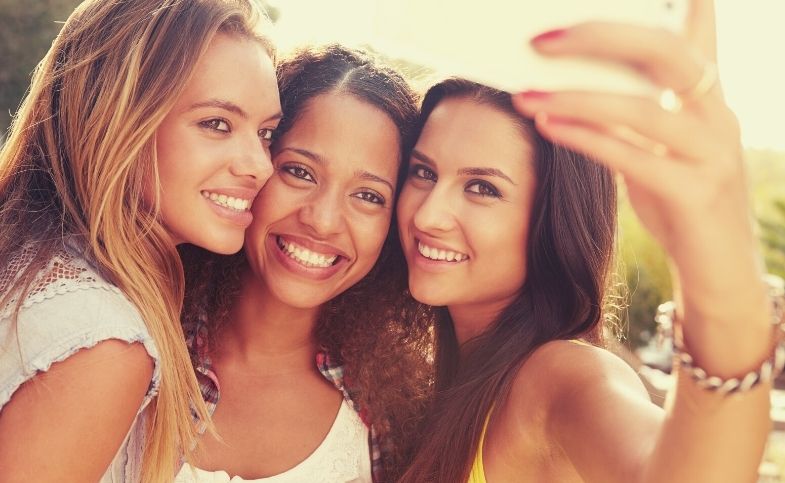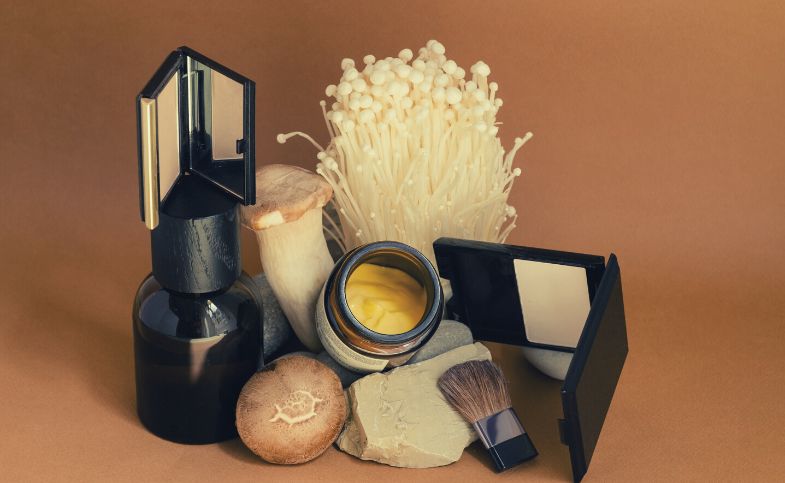Awareness of Beauty or Conscious Beauty – it is a buzzword in the business world that has been talked about more and more in the last few years as we’ve become more aware of how much we consume.
But, what exactly does the term “Conscious Beauty” mean? Conscious beauty doesn’t have a set of definition, just like “clean” and “sustainable.” Most of us have come to believe that taking a more thoughtful approach to our beauty routines is the way to go.
It means taking a closer look at how a brand acts and what its core beliefs are to make sure they match our own.
Brands can’t just keep making products and expect us to buy them. In 2022 and beyond, we must support businesses that put people and the planet’s need first.
When it comes to conscious beauty, we pay special attention to six pillars: inclusivity, sustainability, sourcing, transparency, impact, and brand story.
When brands treat each area with honesty and purpose, it’s good for everyone. Keep reading to find out more about the ideas behind conscious beauty.
The Six Pillars Of Conscious Beauty
Inclusivity
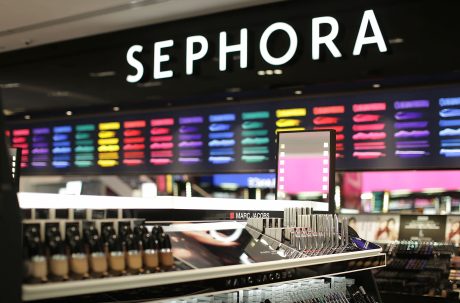
Representation is important, and everyone in the beauty world should make it a priority. To be a conscious beauty brand, you must include people of all races, cultures, gender identities, sexual orientations, ages, body types, and abilities.
We are always happy to do business with companies that truly value diversity in all areas, from their marketing materials to the people who work for them.
In the same way, we pay attention to brands that go the extra mile and tell the public what they’re doing to boost diversity. For example, Sephora and Ulta Beauty have put information on their websites about their ongoing internal and external DEI initiatives to keep customers informed.
Sustainability
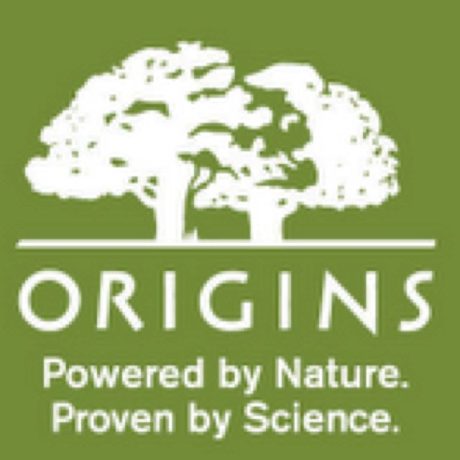
Every brand has a different idea of what it means to be sustainable. But we think that conscious beauty brands do everything they can to choose ingredients and packaging that are the most ethical.
This can mean a few different things when it comes to the ingredients. We’ve seen brands do things that are good for the environment, like not using palm oil in their products, using ingredients that have been used before, or using resources that grow back quickly.
Sustainable packaging is also a complicated topic, but we appreciate brands that do what they can to reduce waste and their impact on the environment.
We love it when brands do things like use recycled materials or packaging that can be used more than once. Origins, for example, uses cartons that are FSC-certified and made from paperboard from forests that are managed in a responsible way.
Fifty-five percent of the weight of the brand’s packaging can be recycled, reused, refilled, or recovered. The brand wants to get this number up to 80% by 2023.
Ingredients And Ethical Sourcing
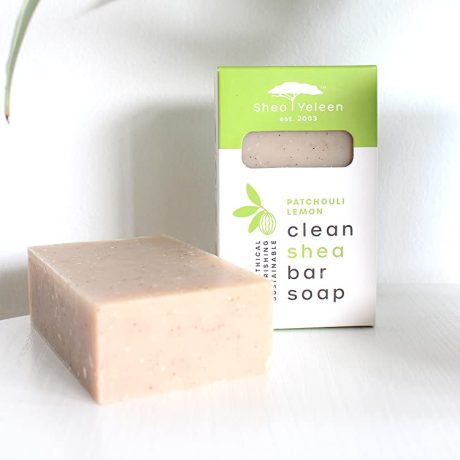
Not only is it important that a brand’s ingredients are vegan, but it’s also important to know where the ingredients come from. Many beauty products use ingredients that come from other countries and are picked by people who live there.
When this happens, it’s important to look at how ethical their actions were. The colonization of their ingredients has hurt African, Asian, Latin American, and Indigenous cultures throughout history.
These countries have been forced to work in unfair ways and haven’t paid nearly enough. Cultural appropriation has also been done by beauty brands that use ingredients from one country without giving that country the credit it deserves.
On a brand’s website, look for information about where their ingredients come from and if they are Fair Trade Certified (i.e. the products are made according to strict standards like safe working conditions. Shea Yelleen is a great example of what it means to get ingredients in a fair way.
The brand makes sure that the money goes to the women-owned shea butter cooperatives that help them make their products and pay them enough to live on.
Transparency
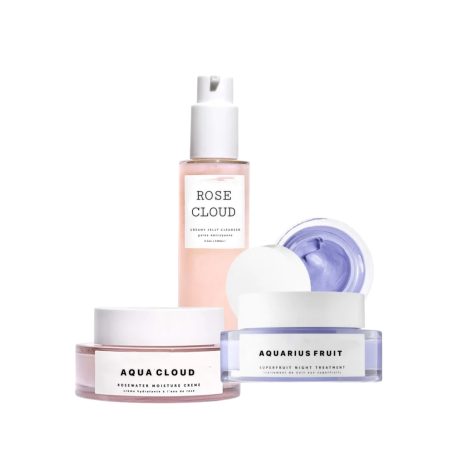
Information gatekeeping has been a problem in the beauty business for a long time. But the rise of “conscious consumerism” has made us want brands to be more open. We want to know who makes each products we use, what it does, when it was made, where the ingredients come from and why the brand made it.
Some companies have started putting the answers to these questions on their websites to make communication easier.
Isla, a brand of skin care products, just started a new project that takes transparency to a whole new level. On the page for each product, you can find detailed information about the price, the ingredients, and the materials.
In another case, Apottera Skincare has come up with a system for keeping track of batches. This lets their customers know when the product was made, where it came from, what certifications the ingredients have, and more information about what’s in the bottle.
Impact
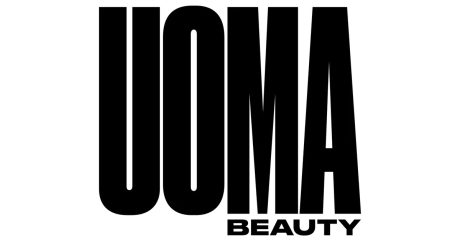
We want to spend our money on brands that are making a difference beyond the beauty industry. Some brands have made a promise to make a difference by using their platform to bring attention to causes that are important to them.
Sharon Chuter, who started Uoma Beauty, is a pioneering beauty businesswoman who has started many projects to help the Black community. One of her annual campaigns, called “Make It Black,” was made to celebrate being black and give money to Black founders.
To get money, Chuter works with well-known beauty brands to repackage some of their best selling products in all black.
Selena Gomez’s Rare Beauty brand also has philanthropy at its core. The Rare Impact Fund was created to reduce stigmas about mental health and increase access to mental health services in schools.
Brand Story
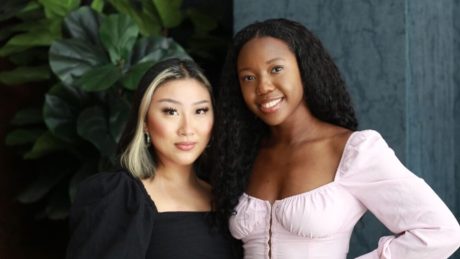
No one wants to back a brand that doesn’t have a personality or a goal. We like to support brands that meet an undeniable need in the beauty world and are run by honest people. When the reason a brand’s founder started it makes sense to us, we can connect with them in a way that goes beyond the beauty products.
There are a lot of beauty companies that we feel an emotional connection to. Let’s look at Topicals as an example. The brand started because Olamide Olowe had a lot of trouble with her skin (like acne and post-barbae folliculitis).
After seeing that there wasn’t much diversity in the chronic skincare market, Olowe was inspired to make the brand she wished existed when she was younger. Since it came out in 2020, Topicals has made a lot of noise with its caring (and fun!) approach to a category that is often scary.
The brand makes sure that its customers feel seen and supported by combining products backed by science with advocacy for mental health.








